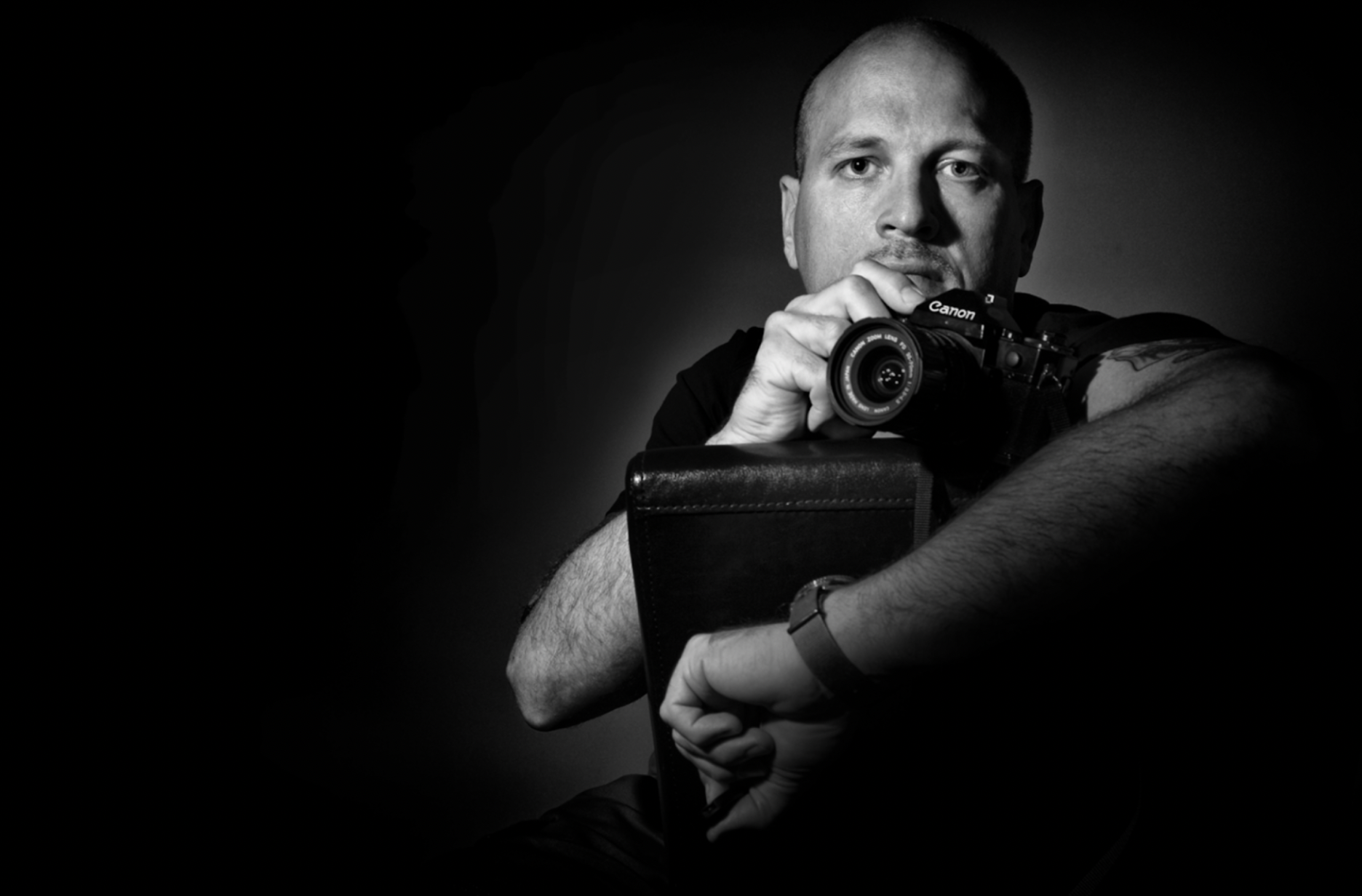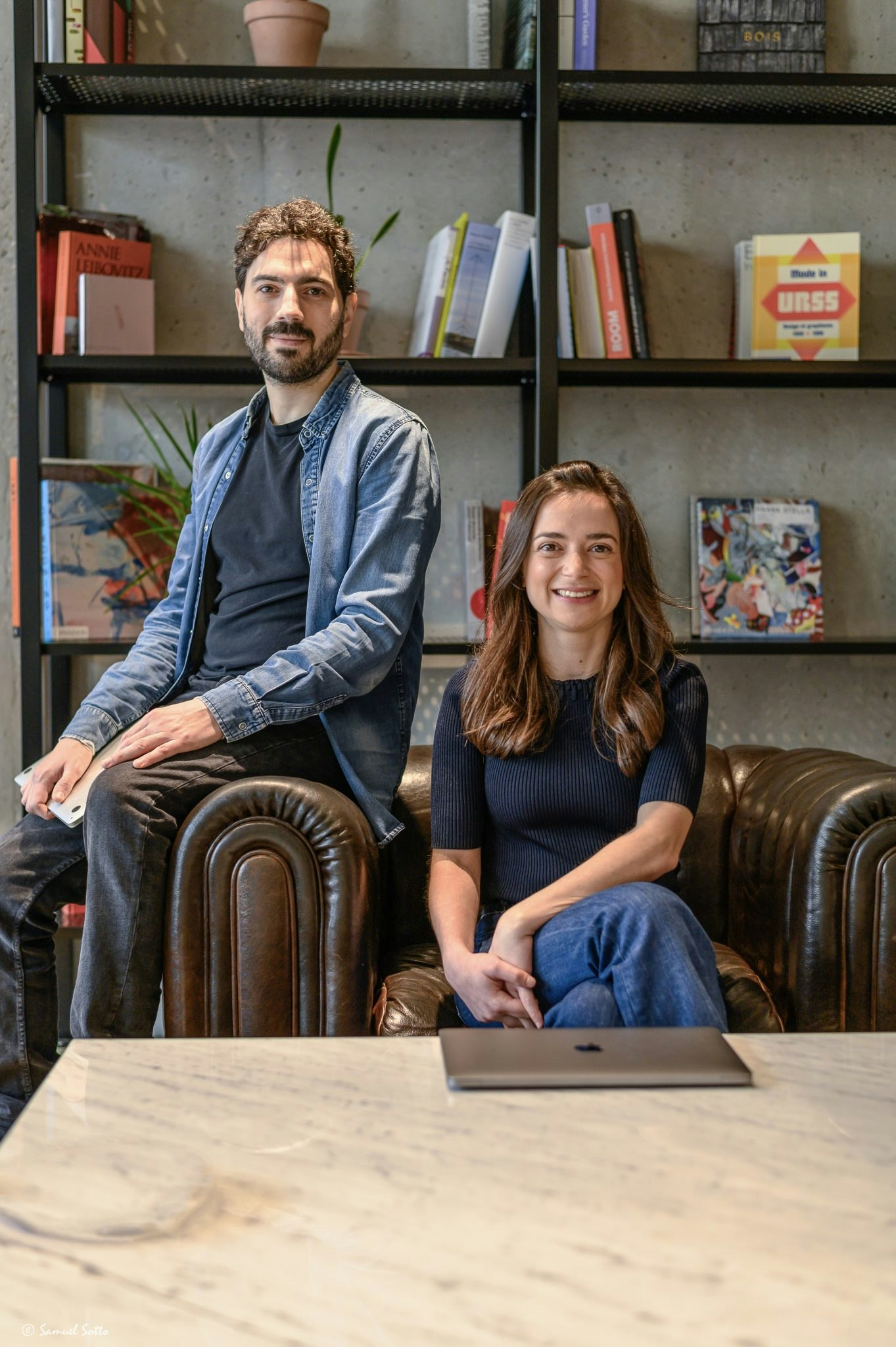Information in this article should not be treated as financial advice.
The last few years of crypto volatility have seen a lot of casual traders searching for any hints to the rollercoaster market’s direction.
This thirst for information has birthed a whole cottage industry of crypto advice platforms, ranging from specialist crypto news sites and startups selling accredited courses for more than £300 a pop to high-profile Tiktok astrologists lending their celestial wisdom.
Now, a somewhat controversial method of “psychic foresight” — made famous by the CIA — is being used to assess cryptocurrencies. Thousands of people are paying for the information.
CryptoViewing, founded in 2018, is an international startup that gives its subscribers remote viewing “data”, or forecasts, of what might happen to various different cryptocurrencies in the future.
More than 2,000 subscribers contribute between €9 and €85.50 per month to the startup’s distributed global team of more than 20 part-time and full-time employees, five of whom are viewers.
Now, like any forecaster worth its salt, CryptoViewing does not claim to be 100% accurate, and tells its audience not to take its word as gospel.
“We're just giving you information, it's not financial advice. You need to have multiple sources of information to make informed decisions,” says CryptoViewing cofounder Daz Smith, who’s based in Bath, UK.
What is remote viewing?
This feels like a good time to remind our readers that Sifted also doesn’t recommend anything as financial advice — and to mention that remote viewing is not new.
The term was coined in the 1970s by researchers at the Stanford Research Institute (an offshoot of Stanford University that’s famous for spinning out startups).
The technique sought to bring a level of scientific rigour to the parapsychic idea of “clairvoyance”, a supposed ability to use “extra sensory perception” to “see” things in the future, or at a distance.
And while this might all sound a bit like spiritualist quackery, remote viewing was something that was taken seriously by the US government for more than two decades, and included testing whether “psychic” abilities could be used to help the Cold War espionage effort. This wild chapter of US government history was chronicled in Jon Ronson’s book and film — The Men Who Stare at Goats.
Lessons from the dot-com boom
Smith has been training as a remote viewer for more than 25 years, but in 2018 was approached by friend and remote viewing colleague Dick Allgire about applying his skillset to crypto markets.
“He came to me and said, 'Have you ever heard of crypto? I'm thinking about setting up an organisation to remote view cryptocurrencies, just to see where we can go,’” he remembers.

While Smith didn’t know much about crypto, he did know a little about startups. In the late 90s he launched a digital marketing company that, ironically, sold something quite similar to today’s NFTs.
“It was collectible advertising in the form of interactive digital baseball card type things that you could store in an album, a bit like NFT's nowadays,” he says.
Smith attracted more than €1m in seed investment for the idea, but then was unable to find more funding for the project after the dot-com bubble burst. He says he sees a lot of parallels from that time when looking at today’s crypto market.
“It’s gonna happen just like when the big internet bubble burst. When we first started looking at this there were fewer than 3,000 cryptocurrencies globally, now we’re approaching 20k,” he says.
“Without using any psychic information, just with pure common sense and research, you can clearly see that the vast majority — 95% to 98% — of those are just going to disappear.”
Smith believes that remote viewing provides one way for him to identify whether a crypto project is a scam that’s going nowhere or something legitimate backed by good intentions. Here’s how it works:
The technique
Remote viewing is a technique that has to be carried out under quite prescriptive protocols, involving at least two people — a “tasker” and a “viewer".
The tasker is responsible for identifying a “target” (in CryptoViewing’s case, a cryptocurrency), and trying to mentally "attach" details of that target (things like the CEO of the crypto project and its logo) to a random number.
The number is then given to the viewer who will, normally with a notepad, try and “perceive” details about this target, and write down or draw them. When the session has ended, the target is revealed to the viewer and the accuracy of the notes is assessed.
In CryptoViewing’s case, Smith will first try and note down the details like CEO and logo, and will then try to perceive whether he feels positively or negatively about the project, often accompanied by a downward or upward line.
“I'm essentially going inside myself to get the information. They’re very subtle, almost imperceivable feelings inside myself. So it's not visual 90% of the time — I just get these feelings that really come from the core of your being,” describes Smith.
What do the users say?
This might sound like quite a shaky system to (even partly) base your financial decisions on, but Smith says that he is able to accurately recreate details of the CEO and logo around 70% of the time.
In terms of the accuracy of the positive or negative sentiment around a currency, Smith reiterates that the information he gets from remote viewing is only ever one part of his decision-making process and that he always does his own research.
That said, he tells Sifted that he’s currently up around 350% on his crypto investments, which was more like 700% before the recent crash.
Some of CryptoViewing’s subscribers also seem happy with the advice.
Scott Dekanich lives in Vancouver and had been working in insurance for five years after leaving college before he randomly stumbled upon a YouTube video about remote viewing. He’d never shown any interest in psychic phenomena before, but his curiosity eventually led him to CryptoViewing.
Since subscribing in 2019, Dekanich has quit his job in insurance and is now working full-time on crypto and other Web3 projects.
He tells Sifted that he follows a similar investment philosophy to Smith, and doesn’t rely too heavily on remote viewing information.
“It’s one quarter to a third of my decision-making process on whether I think a cryptocurrency is a good investment,” he says. “It's just like an extra data point for me to draw from. It's not like I go to CryptoViewing and say, ‘Oh, they're doing a remote viewing on Ethereum and they say buy it, so I'm gonna buy it.’”
Is remote viewing total bullshit?
Dekanich says that he is yet to invest in a cryptocurrency or token that had positive sentiment on CryptoViewing, which then turned out to be a scam.
He does concede that the organisation didn’t predict this year’s major crypto crash and says that remote viewing information appears to be less about the price of a coin, and more reflective of the intentions or motivations of the people behind it.
Smith and Dekanich will both tell you that they have absolutely no certainty about how it works, even though they’re convinced that it does. That attitude was shared by people involved in the CIA's Stargate Project, who believed that remote viewing helped saved the US government more than $200m by locating lost scud missiles in the Persian Gulf.
In terms of peer-reviewed literature, one of the main studies on remote viewing was commissioned by the CIA and assessed by two credible researchers from the American Institutes for Research, Jessica Utts and Ray Hyman.
Utts concluded that remote viewing had a “statistically significant” effect that produced positive results unexplainable by chance. Hyman meanwhile said that Utts’s conclusion was “premature, to say the least,” partly as the results hadn’t been independently replicated.
Subsequent studies have not definitively proven the validity of remote viewing, but certain institutions are still putting faith in the technique, such as police forces that have used it to try and help solve missing persons cases.
And while it might all sound incredibly "out there" and new age, Smith says that remote viewing is really no different to the concept of intuition that’s commonly found in business: “I just use what any good CEO would use, and that's their gut feeling. I've just managed to hone my gut feeling over a period of two and a half decades, so I understand it in a lot more detail.”
If he had to guess, Smith says that the explanation for remote viewing might be rooted in the mysteries of fundamental physics, and questions about the nature of our reality.
“I think the latest theories about the holographic universe and quantum mechanics — I think that's probably what's happening here,” he says. “I think it's quantum entanglement that we just haven't got the physics for yet. But we're getting there.”
So, would we advise Sifted readers to buy into remote viewing and its potential to forecast cryptocurrencies? We’ll leave that up to you.


